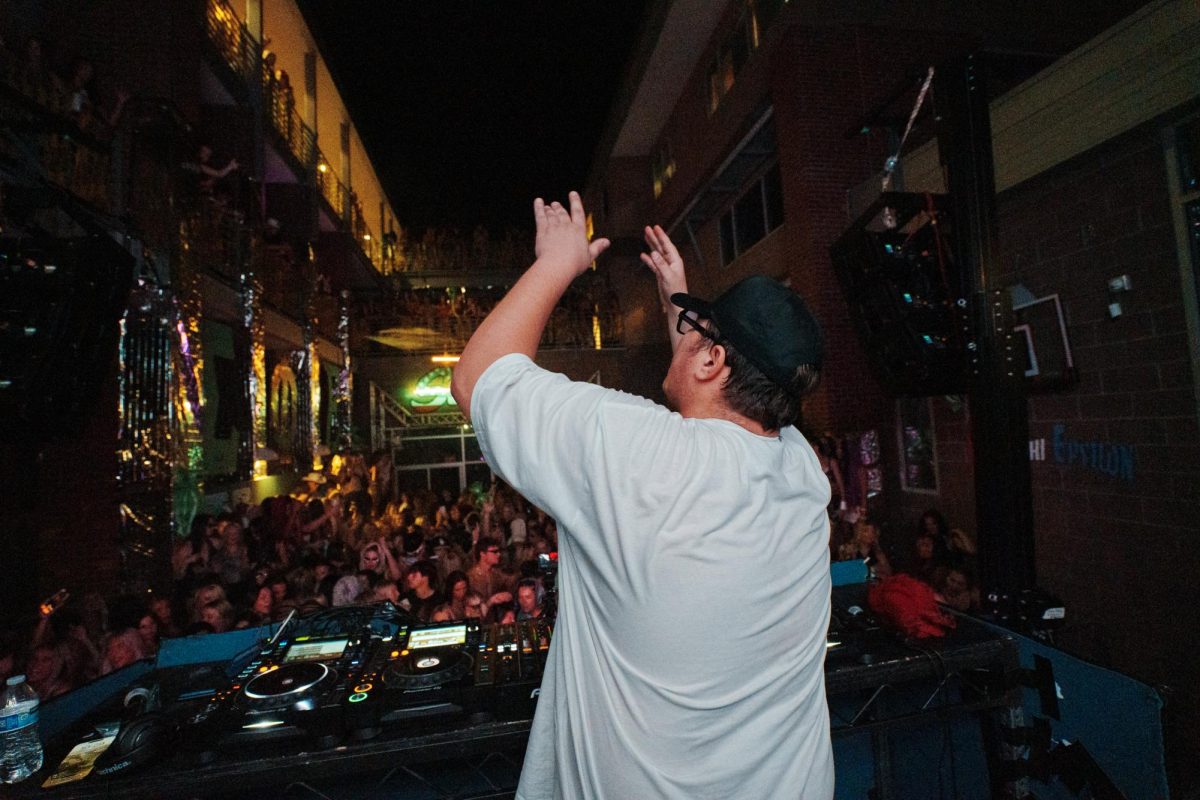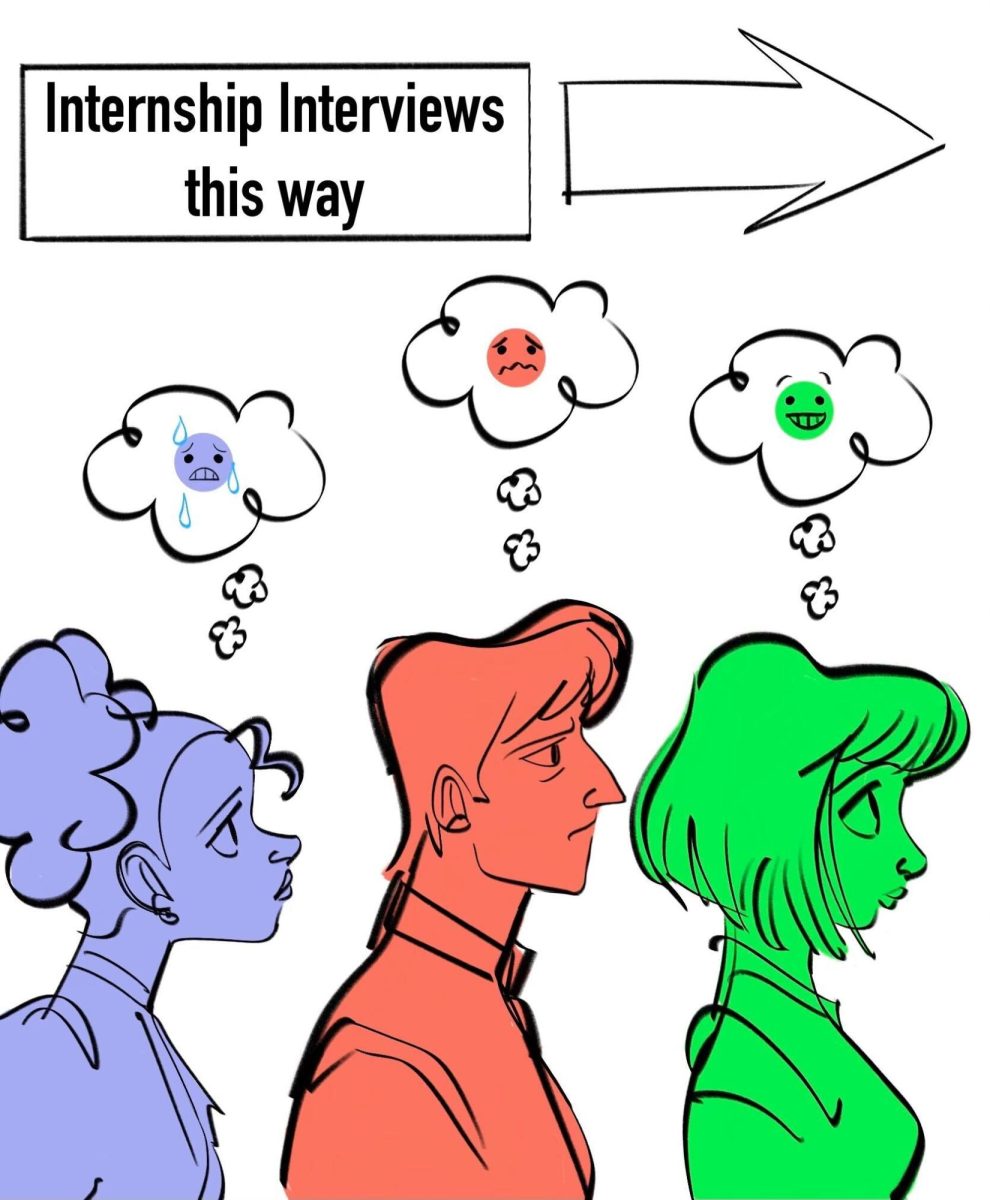On June 8, Tucsonans interested in sustainability piled into the basement of Joel D. Valdez Main Library to attend Sustainable Tucson’s monthly meeting. A panel of four experts addressed questions surrounding LEED certification, the issues associated with renewable building and making sustainable practices accessible to all levels of income.
Sustainable Tucson’s monthly meetings are open to the general public, and attendees are encouraged to engage with questions or concerns. This month, the meeting focused on viable building options and hosted a panel specialized in ecologically friendly alternatives.
With the emphasis on minimizing waste and renovating existing structures to fit environmental needs, keeping sustainable projects and building options affordable for all remains in the forefront of developers’ minds, as the initial costs of upgrading a pre-existing home aren’t always possible for low-income or multiple-family households.
“I think we need to see a lot of emphasis put on making sure that affordable housing — affordable homes and apartment buildings — are both healthy for residents and friendly to the environment,” said Paula Schulsberg, a core team member of Sustainable Tucson. She suggested that by implementing both financially and environmentally sustainable zoning regulation policies, project costs could be regulated more effectively by making financing options more readily available.
The conversation about concern for green financing has to do with the ever-changing financial environment. There are tax breaks for those interested in improving their homes, but a taxpayer may only claim up to a 30 percent credit depending on the project in question and the elements being added, such as solar energy systems, geothermal heat and small, wind-energy turbines.
Leadership in Energy and Environmental Design provides certification from the United States Green Building Council to build with a green design in mind. It alters the way people think about how new buildings and neighborhoods are fashioned, constructed and maintained.
With specific requirements going into making a building LEED certified, the emphasis is on sustainable opportunities, which has some groups vested in existing manufacturing balances lobbying against pro-LEED legislation.
As of April 1, 2014, nine states were declared anti-LEED because of the impact USGBC policy would have on local contracting businesses.
According to the Louisiana chapter of the USGBC, Alabama, Georgia, Florida, Maine, Mississippi, North Carolina, South Carolina, Tennessee and Oklahoma have passed anti-LEED legislation. Ohio senators proposed anti-LEED legislation in Nov. 2013, which passed through the Ohio State Senate Energy and Natural Resources Committee in Feb. 2014. Lobbyists have yet to pass the bill through the Ohio Senate.
These states are concerned for their local timber companies, expressing that the LEED standard puts a strain on the regional industry. The Louisiana chapter suggests that either LEED should be abandoned, or that groups may still use the certification as a standard if building materials are sourced from their own state and not the certified resources from the USGBC.
“They’re at a disadvantage because they cannot source locally,” said Tom Mannschreck, president, CEO and owner of Thomas Development Co. based out of Boise, Idaho.
Regardless of pro- or anti-LEED legislation, there are ways to improve pre-existing structures to be more environmentally friendly without investing large amounts of money in a structural redesign.
Simple fixes to make a home more eco-friendly include adding weather stripping to door frames, which helps insulate the home and prevent excessive A/C use, and changing light bulbs to LED bulbs, which use 75 percent less energy than incandescent lighting and last 25 times longer. According to the U.S. Department of Energy, by making simple, easy changes like switching to LED lighting, consumers can help save more than $30 billion and 348 TWh — equal to the annual electrical yield of 44 industrial electric power plants — by 2027.
Harvesting water is another option, though more physically intensive to install. Andrew Hayes, a field supervisor at Hayes Construction Inc., explained that by digging a trench to reallocate the water back to the plants or berms, homeowners can help the land retain valuable water, allowing excess water to percolate down through the soil and refresh aquifers. Installing rainwater-harvesting cisterns or tanks can help reduce monthly water expenses and may qualify residents for a rainwater-harvesting rebate of up to $2,000.
“It’s just as much a mentality as it is a type of construction,” Hayes said.
Sustainable projects are coming up with an encompassing health and wellness spotlight for safe housing options geared toward families of all shapes and sizes. According to Sustainable Tucson Core Team Member Ray Clamons, by addressing the biophilia hypothesis — the theory of the human need to interact with other forms of nature in a design plan — opening up the home with more lighting and all natural materials improves a family’s physical and emotional needs.
The biophilia hypothesis combines humans with nature in a domestic setting. The idea is to show how the space can rejuvenate the inhabitants, both mentally and emotionally.
According to Healthcare Design Magazine, by embedding nature into the built environment, nature’s healing benefits lower inhabitants’ stress levels and reduce levels of toxic and harmful building materials. Hospitals that have applied this theory to their architectural designs have recorded releasing patients more quickly than traditional hospitals, effectively shortening the healing process. A biophilic focus not only assists in improving health, but also brings the attention back to maintaining a sustainable environment.
“It’s an important part of life in the world, to live well with each other,” Clamons said.
Fostering a healthy home is important to a healthy community. There are four different levels of LEED certification, making the building process as health-conscious and ecologically friendly as possible. The various levels include Certified, Silver, Gold and Platinum.
To be LEED Platinum certified, a building needs to receive a score of 80 or higher on a point system based on project requirements for building design. For homes specifically, the focus is on health, incorporating safe materials into the design of the house. Other major areas of sustainable requirement include location and transportation, sustainable project sites, water efficiency, energy and atmosphere, materials and resources, environmental quality, innovation and ultimately regional policies.
The Las Abuelitas Family Housing Project of the Primavera Foundation, a Tucson program dedicated to providing low-rent housing opportunities for grandparents raising their grandchildren, has recently received Platinum certification — the highest certification a building project can receive from the USGBC.
Some of the green features this complex furnishes its residents with, according to the “Las Abeulitas Project Summary,” consist of metal shade structures positioned on south-facing windows to keep living quarters cool during the summer months, closed-cell foam insulation and a closed-loop glycol solar hot water system, which utilizes a heat-transfer fluid to collect and transfer external heat to the household water supply. The community’s water supply is collected by rainwater harvesting tanks tied together with an irrigation system to disperse the water. A photovoltaic system — designed to supply usable power via solar energy — helps offset monthly energy costs for residents.
As a result of the complex’s sustainable, efficient practices, four of the 12 units at Las Abuelitas received a rating of zero or lower from Home Energy Rating System, meaning they consume as much energy as has been produced, and the entire complex averaged a rating of 2.25. For an accurate comparison, the national average rating for U.S. homes in 2013, taken from a sample of over 200,000 locations across all 50 states, was 64.
The Primavera Foundation has two guided principles that are rigorously maintained: to involve community constituents in the vision and design of their projects and provide value to the larger community and neighborhood through their services.
“There are contractors who understand the value of building in a sustainable way and are very open to embracing those concepts,” said Nicole Brulé-Fisher, a realtor for RE/MAX Trends. Brulé-Fisher who became the first realtor to receive the eco-broker designation in Tucson.
Las Abuelitas will be open for a tour on June 18, from 4:30-6:30 p.m. at 440 East 26th St. in South Tucson. After the tour, a mixer will be held for guests to mingle and ask questions.
Denise Taub, chief asset manager for the Primavera Foundation, noted that a three-room unit would be available for viewing between 4:30 and 5:00 p.m. The tour will also cover Las Abuelitas’ exterior, including a community garden and a basketball court that serve the residents and surrounding neighborhood, a playground, solar-covered parking spaces and a community recreation center complete with a computer lab.








